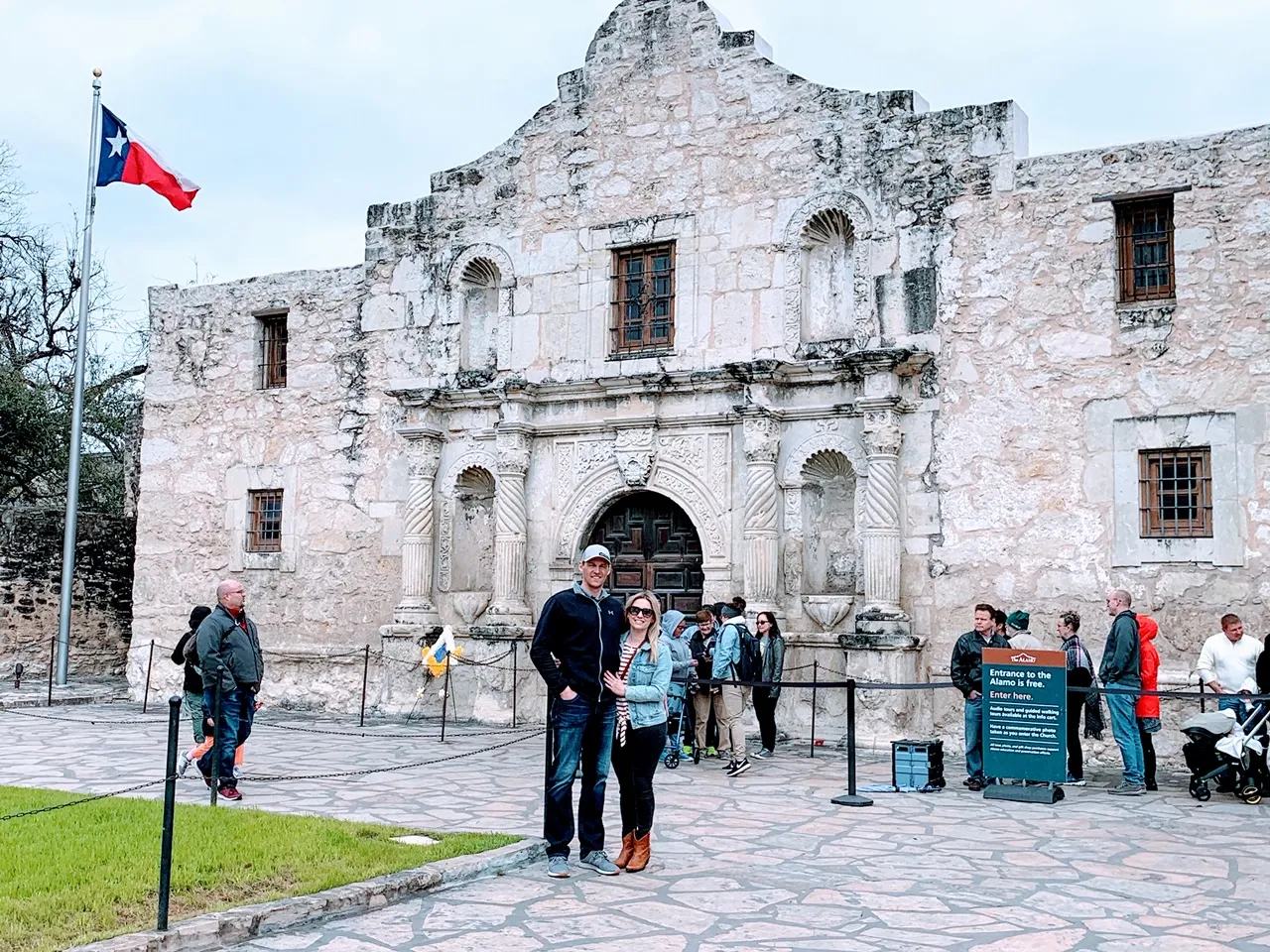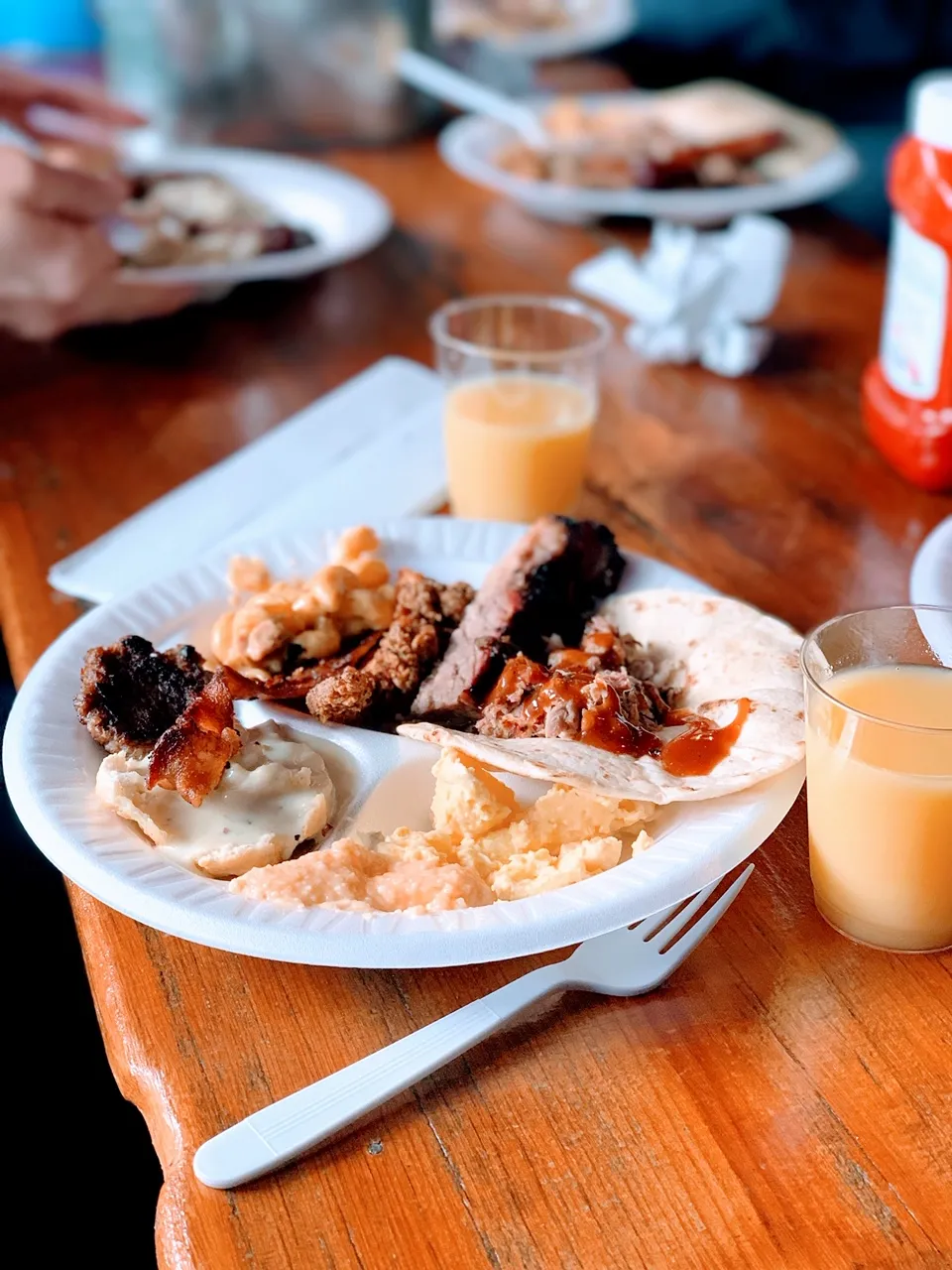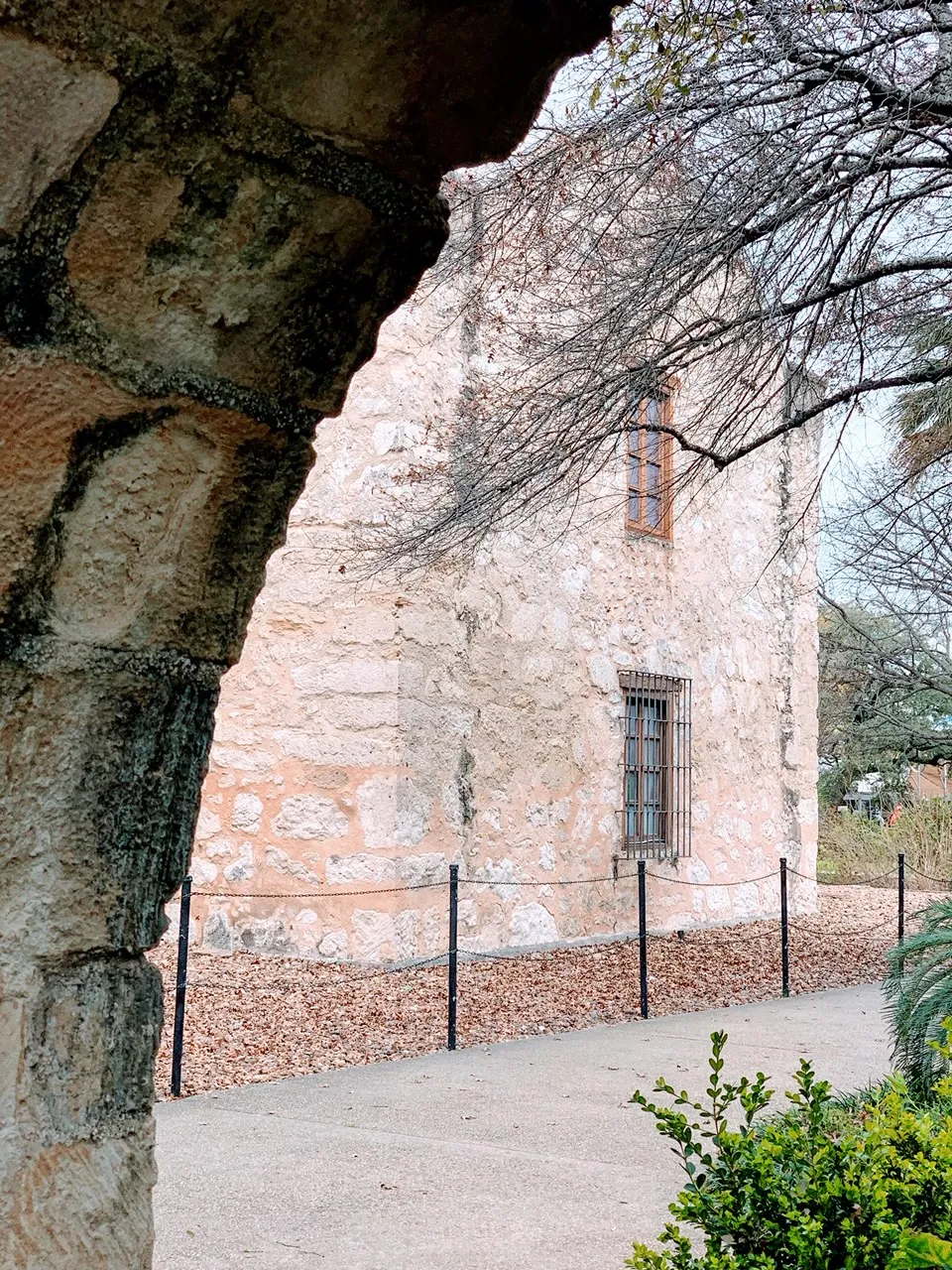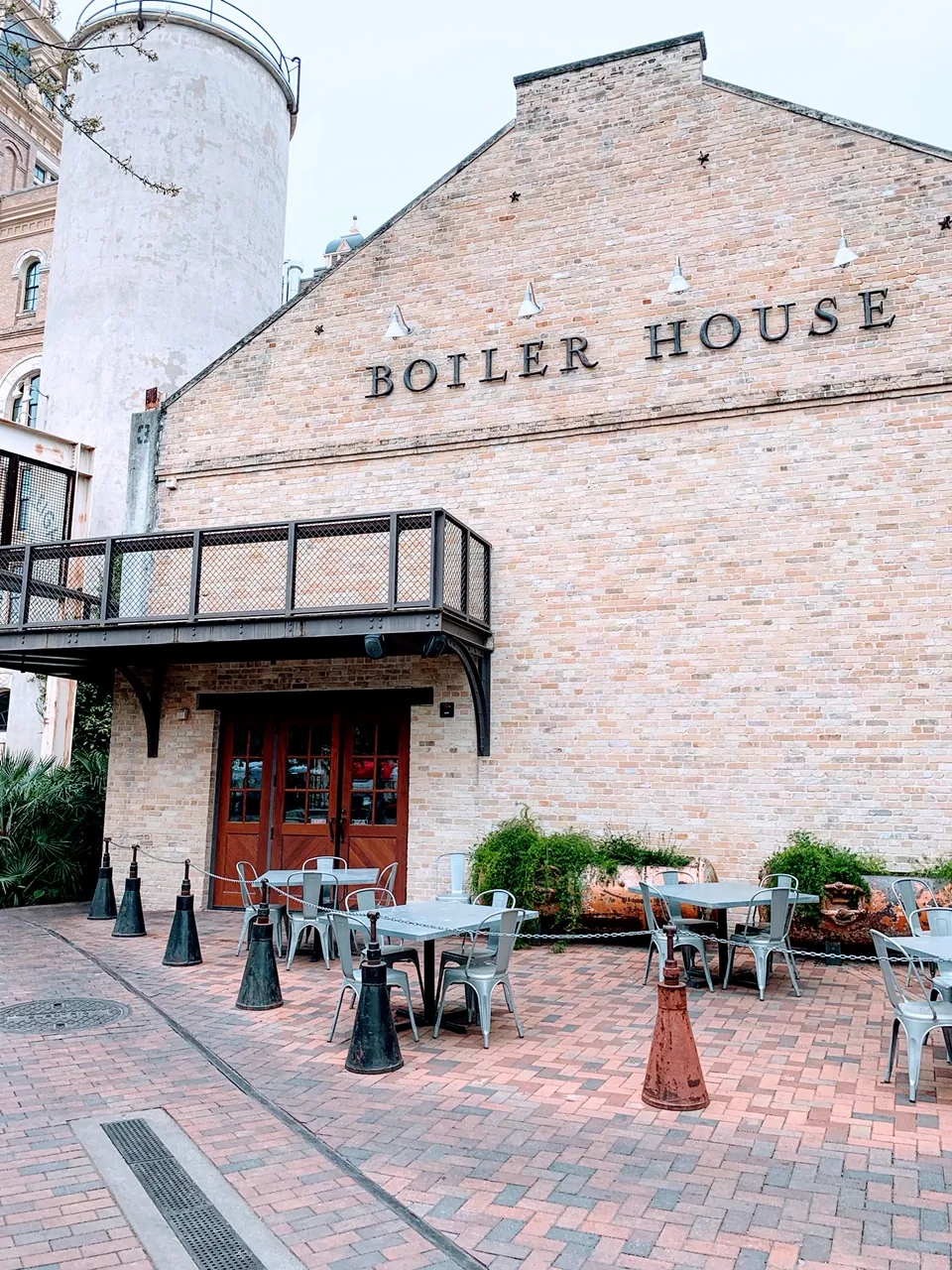Texas, the Lone Star State, isn’t just big; it’s a universe unto itself. From the arid landscapes of the west to the humid forests of the east, the bustling metropolises of the north to the rich cultural tapestry of the south, traveling here requires more than just booking a flight. To truly experience Texas, you need insider knowledge – essential notes when traveling to texas that go beyond the surface. As someone who has journeyed across this diverse state, delving into its history, savoring its unique flavors, and soaking in its vibrant culture, I’m here to share the insights that will make your Texas adventure unforgettable.
Traveling to Texas means preparing for vast distances and incredible variety. It’s not a place you can simply “see” in a day or two, unless you focus on a single city. The sheer scale dictates much of your planning, from transportation choices to the types of activities you can fit into your itinerary. Understanding the geography and climate variations is among the most crucial notes when traveling to texas. Summers are notoriously hot statewide, while winters can range from mild in the south to surprisingly cold with occasional ice in the north. Spring and Fall generally offer the most pleasant weather for exploration.

Scenic view of the San Antonio River Walk, a key attraction when traveling to Texas
Getting around Texas typically involves driving. Renting a car is often the most practical way to explore, especially if you plan to visit multiple cities or venture into the countryside. Major cities are connected by interstate highways, but traffic, particularly in urban areas, can be significant. For longer distances between major hubs like Dallas, Houston, San Antonio, and Austin, flying might be faster, but you’ll still need local transport. Factor in driving times – driving from Dallas to El Paso, for instance, takes over nine hours! Packing layers is a smart strategy, as indoor air conditioning can be powerful even when it’s sweltering outside. Don’t forget comfortable walking shoes – you’ll be doing a lot of exploring.
Delving into the Rich Tapestry of Texas History and Culture
Texas history is a dramatic saga, marked by independence, conflict, and resilience. Understanding this past provides invaluable notes when traveling to texas and enriches your visit to historical sites. From indigenous peoples to Spanish missionaries, Mexican rule, the fight for independence, statehood, and its role in the Confederacy and beyond, Texas has a layered identity.
Finding Your Perfect Amateur Astronomy Telescope – Expert Guide 2025
Discover the Best Michigan Places to Visit for Unforgettable Adventures in 2024
Discover the Top 11 nevada places to visit
One of the most iconic historical touchstones is the Alamo in San Antonio. Visiting this former mission turned fortress is a powerful experience. While smaller than some might imagine, the church and grounds are steeped in the history of the 1836 battle, a pivotal moment in the Texas Revolution. Walking the grounds where such defining events took place offers a tangible connection to the state’s fight for independence. The bullet holes visible in the walls outside the church are an eerily beautiful and poignant reminder of the conflict. Entry to the church and grounds is typically free, making it an accessible piece of history.
 The historic Alamo church facade in San Antonio, a crucial stop when traveling to Texas
The historic Alamo church facade in San Antonio, a crucial stop when traveling to Texas
Beyond the Alamo, Texas history is everywhere. Explore the other San Antonio Missions (a UNESCO World Heritage Site), walk the battlegrounds of San Jacinto near Houston, visit the state capitol in Austin, or explore frontier forts in West Texas. Each region tells a different part of the story. The blend of cultures – especially the strong Mexican and German influences in Central and South Texas – is evident in architecture, music, language, and, of course, food. Experiencing local festivals or listening to Texan music, from country to blues to Tejano, adds another layer to your cultural immersion.
Savoring the Flavors: Essential Notes on Texas Cuisine
No discussion of traveling to Texas is complete without diving deep into its legendary food scene. Texas cuisine is a cornerstone of its identity, a delicious fusion of Southern comfort, Mexican spice, and frontier ingenuity. One of the most vital notes when traveling to texas for food lovers is understanding the regional variations and key pillars of Texan cooking.
First and foremost is Texas BBQ. This is not just grilled meat; it’s a religion. While styles vary by region (Central Texas is known for brisket, East Texas for pulled pork and hot links, South Texas for barbacoa, West Texas for open-pit cooking), the common thread is slow-smoked meat, often served simply with sides like potato salad, coleslaw, and beans. Finding an authentic BBQ joint, often a no-frills spot with long lines, is a quintessential Texas experience. In San Antonio, The Pigpen offers a classic BBQ joint vibe with live music, serving up hearty, family-style portions perfect for a Sunday brunch feast.
 Outdoor patio seating area at The Pigpen in San Antonio, a classic spot for Texas BBQ and live music
Outdoor patio seating area at The Pigpen in San Antonio, a classic spot for Texas BBQ and live music
Then there’s Tex-Mex, a cuisine born from the cultural exchange along the Texas-Mexico border. It’s distinct from interior Mexican food, characterized by dishes like cheesy enchiladas, sizzling fajitas, crispy tacos, and generous use of cumin and cheddar cheese. San Antonio is a hotbed for Tex-Mex, and places like El Chaparral offer a taste of this beloved comfort food, often starting with a complimentary bean soup that’s surprisingly addictive. Pair it with an ice-cold margarita – another Texas staple.
 A plate of Tex-Mex cuisine at a restaurant in San Antonio, a must-try when traveling to Texas
A plate of Tex-Mex cuisine at a restaurant in San Antonio, a must-try when traveling to Texas
Beyond BBQ and Tex-Mex, explore other Texas food icons: the hearty Chicken Fried Steak (often smothered in cream gravy), classic Texas Red Chili (usually bean-less, or with very few), sweet Pecan Pie (pecans are a major Texas crop), and the Czech-influenced Kolaches found in Central Texas bakeries. Urban centers like Austin and Houston boast incredibly diverse culinary scenes, featuring everything from award-winning fine dining to innovative food trucks showcasing global flavors. For brunch enthusiasts, finding a spot with creative dishes and robust drinks, like the Boiler House in San Antonio’s Pearl District known for its industrial vibe and excellent Bloody Marys, is another delightful food note when traveling to Texas.
 A creative brunch dish served at Boiler House in San Antonio, highlighting diverse Texas food experiences
A creative brunch dish served at Boiler House in San Antonio, highlighting diverse Texas food experiences
Experiencing Texas: Activities and Unique Attractions
Texas offers an incredible range of experiences, catering to every interest. From exploring vibrant city life to venturing into rugged natural landscapes, there are plenty of notes when traveling to texas related to activities.
San Antonio’s River Walk is a prime example of a unique urban experience. This pedestrian promenade along the San Antonio River is lined with shops, restaurants, bars, and lush greenery. You can stroll, dine al fresco, enjoy live music, or take a narrated boat tour to learn about the history and points of interest along the river. It’s particularly magical in the evening when the lights twinkle along the water. The ease of popping into different establishments along the path makes it a dynamic place to spend hours, both day and night.
 Evening view of the San Antonio River Walk illuminated, showcasing urban beauty when traveling to Texas
Evening view of the San Antonio River Walk illuminated, showcasing urban beauty when traveling to Texas
The Historic Pearl District in San Antonio, once home to the Pearl Brewery, is another excellent example of urban transformation and a place worth including in your notes when traveling to texas. This area blends historic architecture with modern design, featuring a renowned farmer’s market on weekends, independent boutiques, acclaimed restaurants, and the stunning Hotel Emma (worth visiting just to see its lobby and library, filled with remnants of the brewery). It’s a hub of local culture and culinary innovation.
 The impressive lobby of Hotel Emma at the Pearl District, showcasing historic architecture and design notes for Texas travel
The impressive lobby of Hotel Emma at the Pearl District, showcasing historic architecture and design notes for Texas travel
Beyond the cities, Texas offers vast natural playgrounds. Big Bend National Park in West Texas is a remote, stunning desert landscape perfect for hiking and stargazing. The Texas Hill Country, west of Austin and San Antonio, offers rolling hills, spring-fed rivers (ideal for swimming, tubing, and kayaking in the summer), charming small towns, and wineries. The Gulf Coast provides beaches and opportunities for fishing and birdwatching. For sports enthusiasts, catching a football game (high school, college, or professional) is a profound cultural experience. Rodeos are another deeply ingrained Texan tradition.
For those interested in more specific attractions, Texas has numerous options: the Space Center Houston, the Sixth Floor Museum at Dealey Plaza in Dallas, the live music scene in Austin, sprawling state parks for camping and hiking, and unique spots like the San Antonio Botanical Garden or Aquarium. Even a road trip between cities can be an experience, revealing the changing landscapes and local quirks of the state.
Practical Notes When Traveling to Texas
Here are a few more practical notes when traveling to texas to keep in mind:
- Hydration: Texas heat is no joke. Drink plenty of water, especially during warmer months and when exploring outdoors.
- Sun Protection: Sunscreen, hats, and sunglasses are essential year-round.
- Bugs: Mosquitoes and other insects can be prevalent, particularly near water or during humid seasons. Pack insect repellent.
- Pace Yourself: Don’t try to see too much in one trip. Texas is huge. Focus on a region or a couple of key cities to avoid excessive travel time.
- Check Local Events: Your visit might coincide with a great festival, concert, or sporting event. Check local listings before you go.
- Tipping: Standard US tipping practices apply (15-20% at restaurants, bars, etc.).
Traveling to Texas is an exploration of contrasts – urban sophistication meets rugged individualism, historical depth meets modern innovation, diverse landscapes host varied communities. By keeping these notes when traveling to texas in mind, you’re better equipped to navigate its vastness and truly connect with the heart and soul of the Lone Star State. Whether you’re drawn by history, culture, outdoor adventure, or the irresistible pull of Texas BBQ and Tex-Mex, Texas welcomes you with open arms and a million stories waiting to be discovered.
Frequently Asked Questions About Traveling to Texas
Q: What is the best time of year to visit Texas?
A: Spring (March-May) and Fall (September-November) generally offer the most pleasant weather across the state, with moderate temperatures ideal for outdoor activities and exploring cities. Summers (June-August) are very hot and humid, while winters (December-February) can vary, being mild in the south but potentially cold with freezing rain or ice in the north.
Q: Is it necessary to rent a car when traveling to Texas?
A: For exploring a single major city like Austin or San Antonio, you might be able to get by with ride-sharing and public transport, especially if staying downtown. However, to truly experience Texas, visit multiple cities, or explore natural areas, a rental car is highly recommended due to the vast distances.
Q: What are the must-try foods in Texas?
A: Texas BBQ (especially brisket), Tex-Mex dishes (like enchiladas, fajitas, tacos), Chicken Fried Steak, Texas Red Chili, and Pecan Pie are all iconic and highly recommended. Don’t forget to try a Texas margarita or local craft beer.
Q: What are some key historical sites to visit in Texas?
A: The Alamo and other San Antonio Missions are essential. Other important sites include the San Jacinto Battleground near Houston, the Texas State Capitol in Austin, and various museums focusing on Texas history located throughout the state.
Q: What should I pack for a trip to Texas?
A: Essentials include comfortable walking shoes, sunscreen, a hat, sunglasses, and insect repellent. Pack layers of clothing, as temperatures can fluctuate and indoor air conditioning can be cold. Depending on the season and region, you might need a light jacket or warmer clothing.
Q: How large is Texas compared to other places?
A: Texas is the second-largest state in the US by area and population. It’s roughly the size of France or about twice the size of Germany. Driving distances between cities can be very long, which is an important note when planning your itinerary.
